Pratham Books at 'Let's Read! E-book Hackathon' in Cambodia
Posted by Yamini Vijayan on September 25, 2017Over the last couple of years, our team at Pratham Books has been focussing on creating simple and engaging picture books that explore STEM (Science, Technology, Engineering and Math) concepts. There is a dearth of interesting information books for early readers in India - especially across Indian languages – and we have actively been trying to bridge that gap. Within two years, we have created around 300 multilingual STEM books (available for free on www.storyweaver.org.in), and also set up STEM libraries around the country.
Having had such a strong focus on STEM, we were delighted to be invited by The Asia Foundation to participate in their e-book hackathon in Phnom Penh, Cambodia, which was aimed at creating openly-licensed STEM books in their local language. Like in India, there are very few children’s books in Cambodia that explore STEM topics imaginatively, and the hackathon was a step towards reducing that gap. Over two days (Aug 19-20, 2017), several local writers, illustrators and designers collaborated to make picture books that were centred around STEM topics. The ‘Let’s Read E-book Hackathon’ was also an attempt at identifying young professionals in the publishing sector, and nurturing their skills.
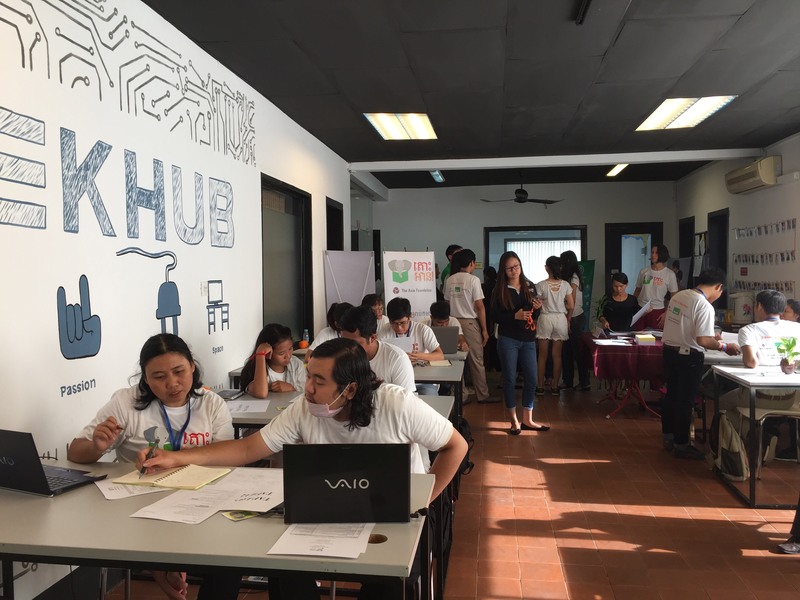
My role, as an editor from Pratham Books, was to offer editorial guidance over the 2-day event. I got the opportunity to discuss some of the key observations that we had made at Pratham Books while creating STEM-based picture books. In essence: what are the crucial things to bear in mind while creating STEM books for early readers, and what works. Here's what Melody Zavala (Director, Books for Asia) said about the hackathon, "The Asia Foundation uses 'e-book hackathons' to drastically reduce the time and resources needed to produce beautiful, illustrated children’s books on topics missing from the commercial market. We were thrilled to draw on Pratham Books’ experience with STEM titles. In Cambodia, only 3 percent of university students choose to study STEM subjects, according to the Ministry of Education, Youth & Sport. We hope this can be changed by stimulating interest at a young age through fun storybooks."
It was fascinating to watch writers and illustrators work so closely, constanly exchanging ideas and refining the narrative as they progressed. We watched as illustrators brought characters to life, developed storyboards along with their writers, and sketched eye-catching book covers. While the foundations of the book were being laid out, many fundamental questions were tossed around, which eventually helped each story evolve: Is the the title too revealing? Did the perspective of each illustration make sense? Is the illustration merely reflecting the text, or is there scope for additional detail?
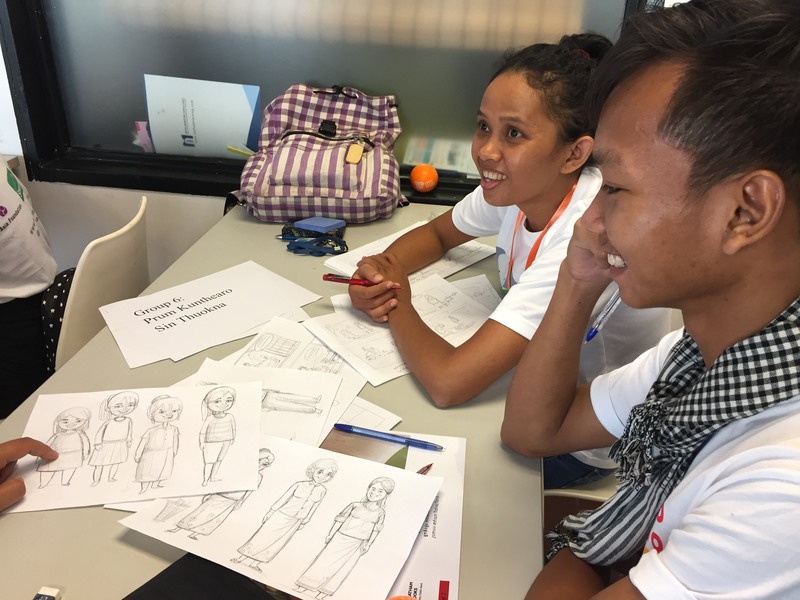
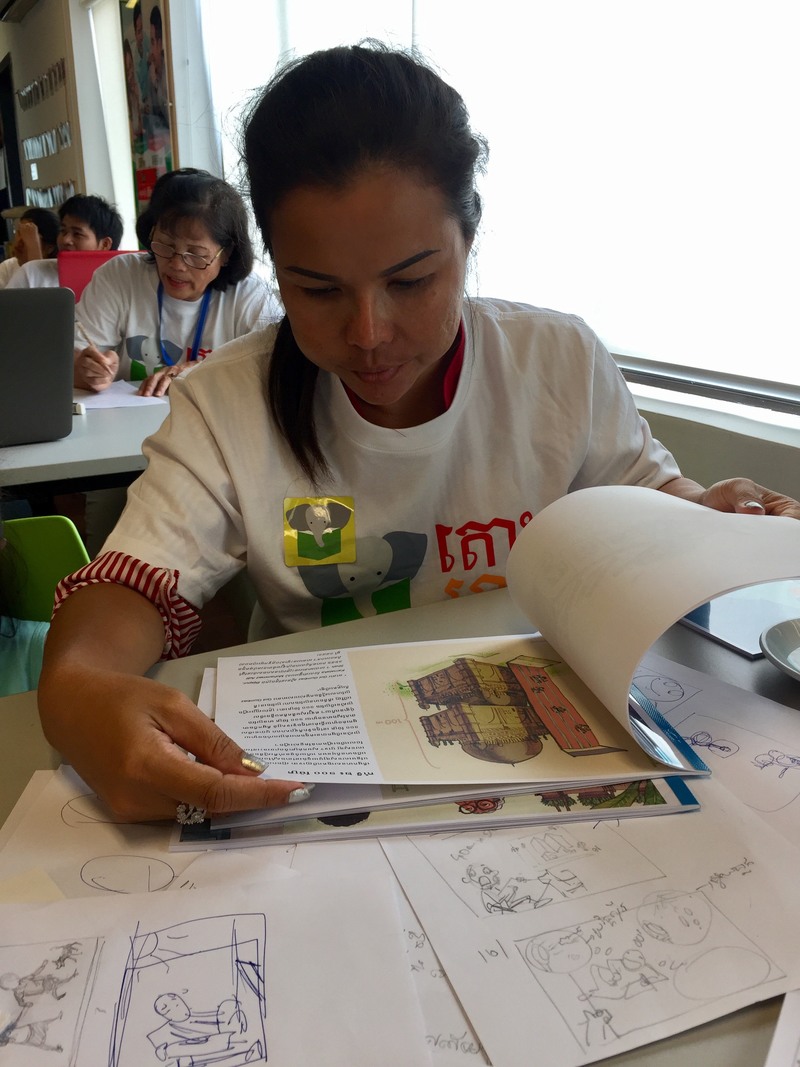
Interacting with an enthusiastic group of writers, editors, illustrators and designers gave me plenty of time to reflect on the entire book-creation process, and I returned home feeling rather inspired and rejuvenated. Helping create simple and fun STEM books at Pratham Books has been both challenging and full of discovery, so it was gratifying to be able to share those experiences with others who are also trying to make reading more inclusive. It was also heartening to see some of the Pratham Books titles being distributed at the event and that too, in their local language! The Asia Foundation team had translated several of our titles into Khmer. As a multilingual publisher, nothing gives us more joy!

The 8 local-language books that were created during the 2-day Hackathon will soon be available for free on Let’s Read! - a digital platform that empowers underserved communities in Asia to build digital libraries in their own languages.
You can read more about the STEM hackathon here.
This post was written by Yamini, a Consultant Editor at Pratham Books who represented Pratham Books at the 'Let's Read! E-book Hackathon' in Cambodia.
Be the first to comment.StoryWeaver Visits Hyderabad!
Posted by Sherein Bansal on June 08, 2017My first StoryWeaver workshop took me to Hyderabad. I was officially on the training side of the workshop, but since this was my first, I experienced those two days with two different batches as a participant too.
50+ educators, resource people, librarians and program managers from 12 different organisations and schools poured into the room and were brimming with energy even before the workshop began. Payoshni, Senior Outreach Manager and trainer for the workshop, talked about StoryWeaver - our open repository of free children’s books, its practical uses in a classroom, and the way it can be used to enhance a child’s world from all aspects like cognitive approach, social skills, comprehension, logical thinking and aesthetics.
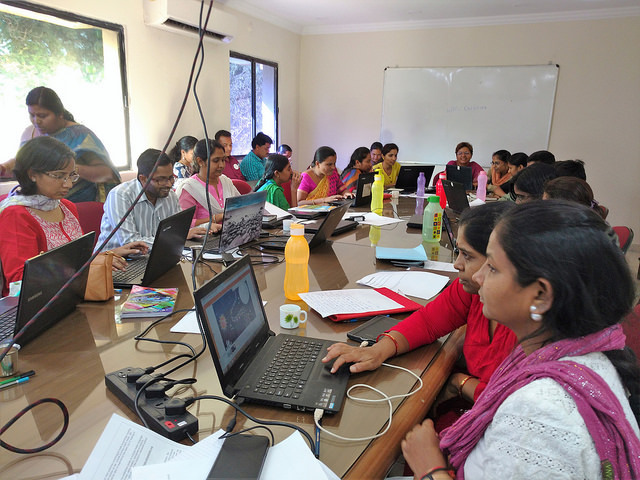
Teachers became curious students and asked us countless questions that spanned across queries about our features, to the efficacy of the platform itself. It was a delight to see them realize the applications of StoryWeaver in the classroom. Once they understood the intricacies of creating, translating or releveling (simplifying or making a story complex) stories on the platform, all of them were eager to try their hand at bringing about their own creation on StoryWeaver.
Sandhya Damodar, Pudami Schools, Hyderabad talks here about the various applications of StoryWeaver in a classroom and specifically the advantages of being able to ‘relevel’ stories:
The fact that the stories on StoryWeaver are free to use, read, download and print was exciting and important for teachers who came from schools based in rural settings. Active discussions ranged from how to preserve the accuracy and sanctity of a language through translations. Concerns unfolded about how some languages need more original content for the children, and one way could be to create and translate in that language on platforms like StoryWeaver.
In this short video, workshop participant Shadab Ahmad, Focus High School, Hyderabad talks about how StoryWeaver will help him in getting Urdu stories across to his students and also about the ease of publishing good stories on the platform.
The childlike joy of the teachers working in teams with fellow educators whom they didn’t know previously, and raising their hands to read their created stories out loud was infectious. They proudly presented their work in front of everyone and laughed along with everyone at the bits they got wrong or where they themselves had added humor! Some of them are still active on the platform and creating/translating/releveling stories for their students, for fun, or to contribute in some way to their favorite language.
As we wrapped up the two-day workshop, it was a comfort to know there are educators who are eager to learn about how to improve a child’s experience in classrooms. And not just that, they want to do it through the art of stories.
Here are a few pictures from the event!
A big thank you to Dr.Reddy’s Foundation who made this wonderful workshop possible and all their efforts in bringing the best opportunities to their children. If you are interested in hosting a similar workshop for your organisation, drop us an email on [email protected].
Spotting Books That Encourage Children to Sharpen Their Eyes
Posted by Yamini Vijayan on October 28, 2016Spotting books are a great way for children to engage with the book actively and for the reading experience to be an immersive one. It encourages them to explore the illustrations, and also make connections between words and images. We’ve been looking at a range of spotting books and it’s fascinating to see the different ways in which spotting has been made appealing to children. Here are a few books and illustrations that caught our attention!
How many animals and birds can you spot in this illustration by Vinayak Varma from 'Jadav and the Tree-Place'?
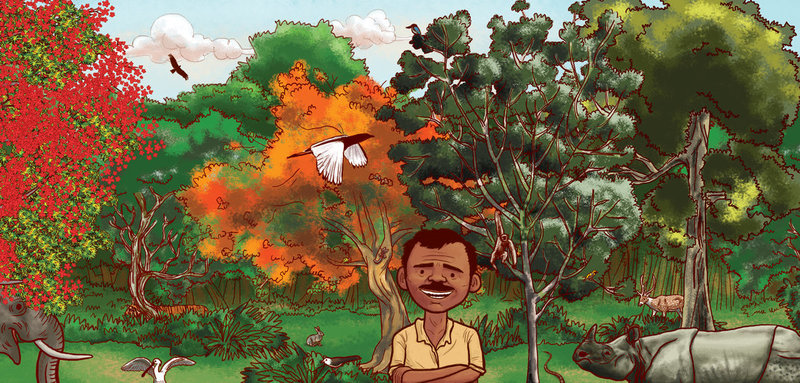
Scholastic has a range of spotting books ('I Spy' series). You can see their entire collection here.
Usborne has a collection of really amazing spotting books too: from bugs and butterflies, to adventures under the sea and in the night sky. In these, there are MANY things to spot. Here is an example.
Then there are the really clever ones, like Delphine Chedru’s ‘Spot It!: Find the Hidden Creatures’ and ‘The Odd One Out’ by Britta Teckentrup. In these, there are fewer things to spot but what makes it compelling is the imaginative manner in which the objects or creatures are hidden. It even works as pattern recognition.
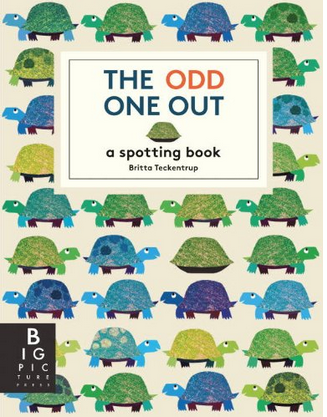
Closer home, there are wonderful books by renowned author-illustrator Manjula Padmanabhan which have been published by Tulika. Take a peek at ‘I Am Different!’ and ‘We Are Different!’. Manjula Padmanabhan has also created wordless books for National Book Trust, which are bursting with interesting details because of which they also work as fantastic spotting books. Here's 'A Visit to the City Market' which was published by NBT in 1986.
One of our absolute favourite illustrations from Pratham Books titles' ('City of Stories') is this incredible illustration by the late Bindia Thapar. So much scope for spotting in this, right?
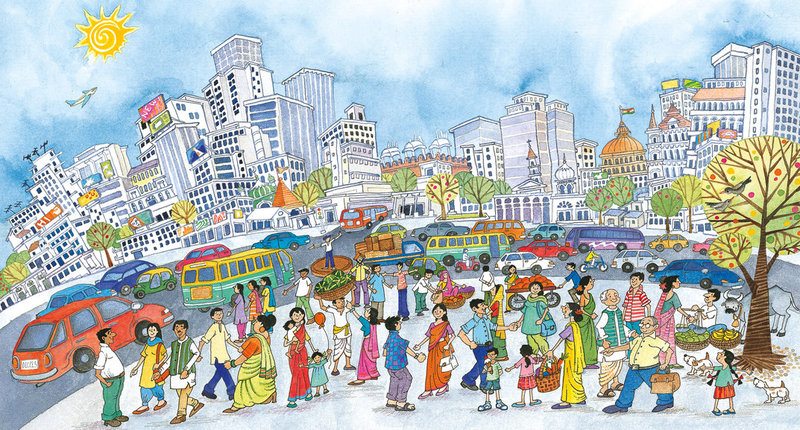
Hope this has inspired you and given you more amazing ideas for Spotathon! For more Spotathon details related to image size, how to submit your entries and the children we work with, click here.
Be the first to comment.